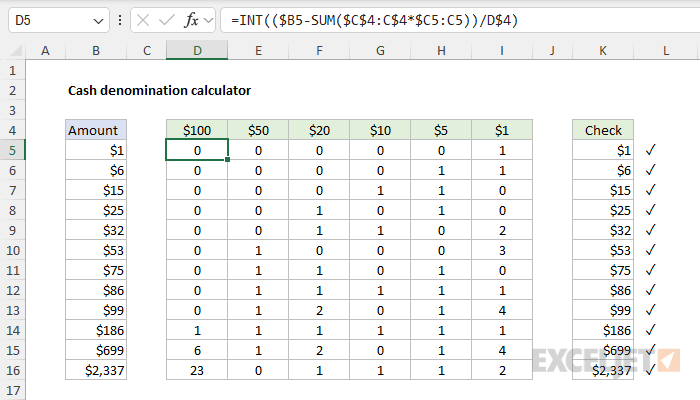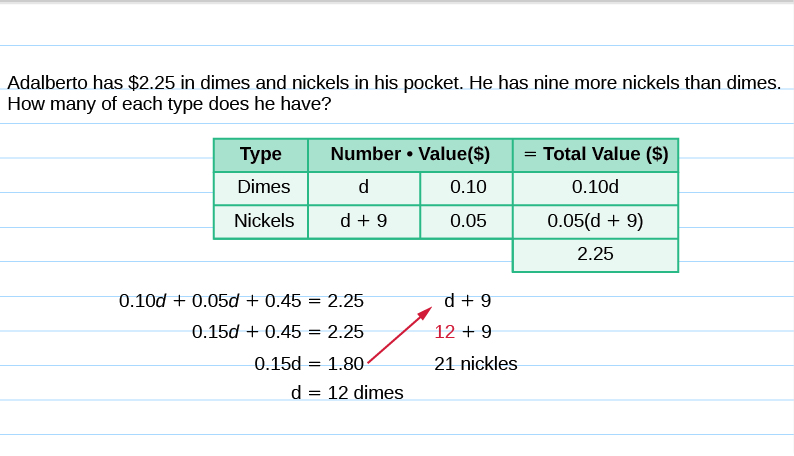So yesterday I’m doing laundry right? Big industrial washer at the laundromat starts thumping. Seriously loud, like it wants to shake the whole block. Got me staring at the gap between it and the next machine. Tiny gap, maybe this long.

Suddenly wondered: How many dimes could you actually cram into that skinny space? You know, just stack ’em side by side? It bugged me enough that I decided to actually figure it out today. Dumb question maybe, but hey, simple curiosity wins sometimes.
Grabbed my tape measure first. Yeah, the flimsy kind from the kitchen drawer. That thing is useless for small stuff. Kept collapsing on me. Tossed it aside, annoyed. Found an old ruler instead – good ol’ wooden school ruler. Much better.
Next, needed dimes. Obviously. Dug through my wallet, my car console, even my kid’s piggy bank (got permission first!). Finally gathered up like 15 of them. Enough to work with.
First Method: Simple. Direct. Brutal. Just lay ’em down. Found a flat spot on my kitchen counter, pushed the ruler tight against the edge to make a straight starting line. Picked up the first dime. Placed it carefully, flat, against that ruler. Then another one right next to it, pushing them snug together. Click. Another one. Click. Did this until I had a whole little line of dimes. Looked like a tiny silver caterpillar.
Held my breath, slowly slid the ruler down to the other end of the caterpillar. Checked the mark: 7 whole dimes filled exactly 2 inches. Measured twice to be sure. Yup, definitely 2 inches for 7 dimes.

Second Method: Math time. But let’s keep it easy. Measured a single dime with the ruler. Edge to edge, the diameter. Eyeballed it carefully: roughly 0.70 inches across. Like, not precisely perfect down to a fraction, but good enough for this game.
Now, simple division. How many times does 0.70 inches fit into 2 inches? Pulled out the phone calculator: 2 divided by 0.70 equals… about 2.857 times. Which means you could fit a little under 3 full dimes in 2 inches? That CAN’T be right. My actual dime line just proved I fit 7!
See the problem? When you just divide, you’re pretending the dimes are pointy sticks with no width – you’re not accounting for the space they actually take up side-by-side. It works for the first dime alone, sure. But stacking them side-by-side? You need to consider how the edges butt together.
So I re-thought it: Instead of dividing the length by the diameter, I figured out how much space each dime really occupies when sitting next to its buddies. My measurement showed 7 dimes = 2 inches. So, 2 inches divided by 7 dimes equals about 0.2857 inches per dime in the line. That’s the effective width each dime needs, including the tiny bit of space between them when they touch. It adds up!
So which way wins? My hands-on, tape-measure-avoiding, ruler-and-dime stacking method is way more realistic. Real world ain’t perfect math. You get tiny gaps, dimes aren’t perfectly identical, measuring isn’t laser sharp. That 0.2857 inches per dime in a line? That’s the practical number.

Conclusion? For a quick estimate on fitting dimes in a tight row? Measure the space you got, then divide that length by roughly 0.29 inches (or a bit under 1/3 inch) per dime. Or just do what I did first – grab a dime stack, push ’em together, and measure! Simple wins. Helps me figure out how many dimes would actually shut that washer up. Or maybe just buy a coffee. Easier.
